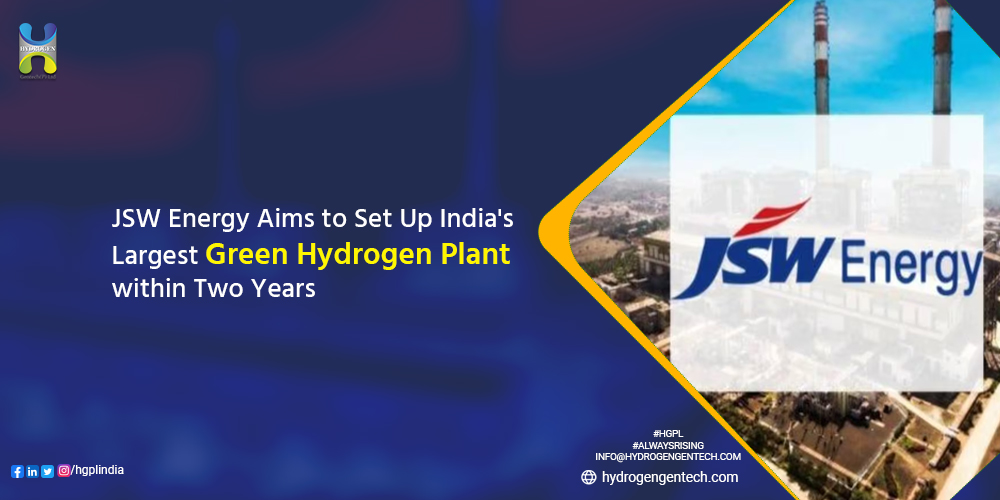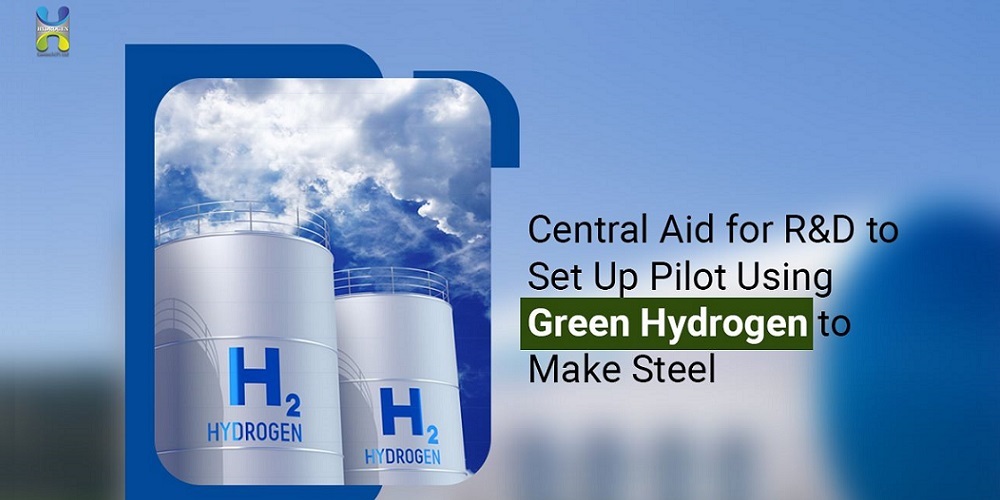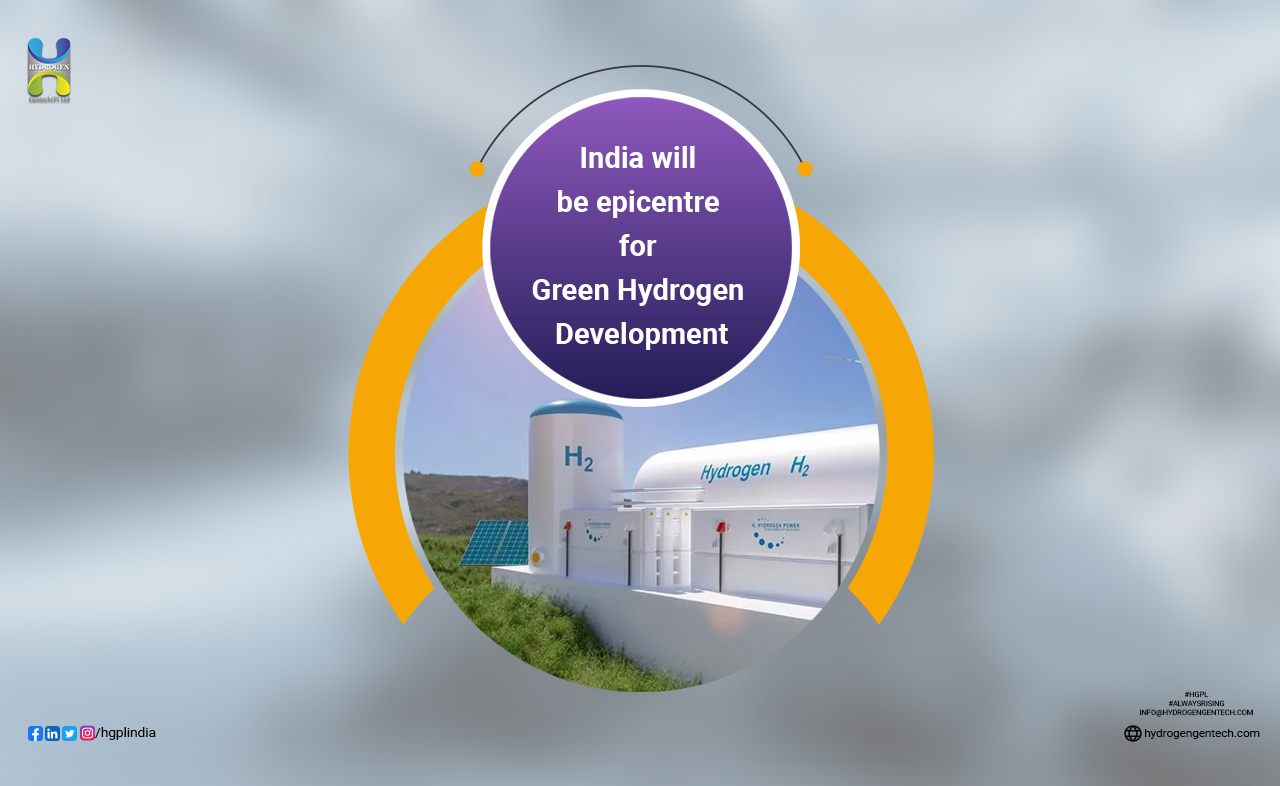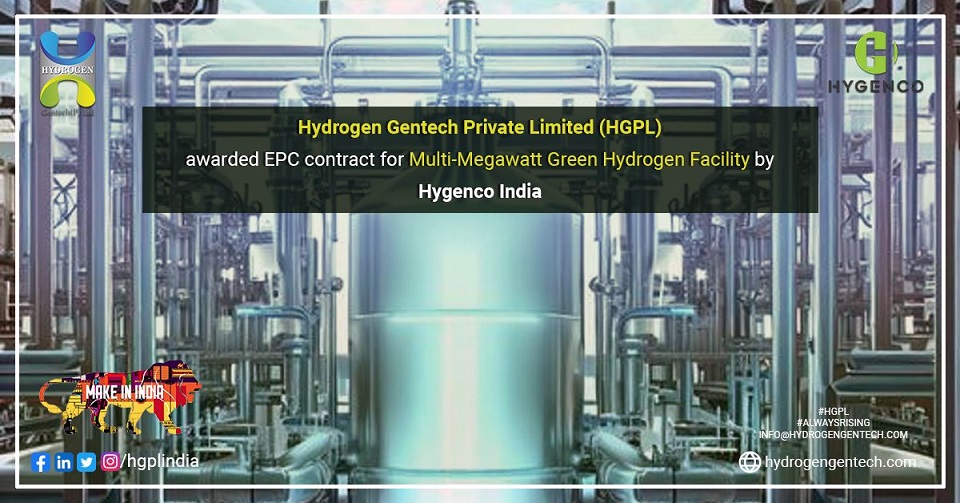JSW Energy, a subsidiary of the Indian conglomerate JSW, is on track to commission what could potentially be India’s largest green hydrogen plant within the next 18 to 24 months. The facility, located in the northern state of Rajasthan, will utilize 25MW of renewable electricity to produce an annual volume of 3,800 tonnes of hydrogen. Although the electrolyser size is expected to be around 12MW, it will still be the largest in India upon commencement of operations.
JSW Energy’s CEO, Prashant Jain, reported that the company has already identified the site for the plant and is in the final stages of obtaining necessary incentives and approvals from the government of Rajasthan. The project is slated to be commissioned by March 2025, and discussions and negotiations for the machinery and other aspects of the plant are ongoing.
JSW Steel, one of India’s major players in the steel industry, has agreed to procure the hydrogen produced by the plant for use in its Vijayanagar steelworks. Located in the southern state of Karnataka, the Vijayanagar steel plant is one of the world’s largest, boasting a production capacity of 12 million tonnes. The green hydrogen will play a pivotal role in reducing carbon emissions and contribute to JSW Steel’s sustainability efforts.
JSW is actively exploring green hydrogen as a key component in its strategy to actively reduce carbon emissions. The adoption of new hydrogen technologies, such as carbon capture, is a vital part of their commitment to sustainability and a cleaner future. The company is also investing in electric arc furnaces, sourcing renewable electricity, and focusing on enhancing energy and process efficiencies. The long-term goal is to substantially reduce thermal coal usage by 2030, inching closer to a zero-emission thermal coal operation.
The iron and steel industry in India currently accounts for a significant portion of greenhouse gas emissions, releasing approximately 320 million tonnes of CO2 in 2022. To address this challenge, the Indian government has initiated steps towards green steel production, with plans to tender 4.5 billion rupees ($55 million) for pilot green steel plants. Additionally, discussions are underway to potentially mandate the use of green hydrogen in certain sectors, although no final decision has been made on this policy.
JSW Energy’s commitment to establishing the largest green hydrogen plant in India reflects the growing focus on sustainable practices and the pivotal role that green hydrogen can play in decarbonizing industries. As India seeks to achieve its climate goals and transition towards a greener energy landscape, initiatives like this mark a significant step in the right direction.











